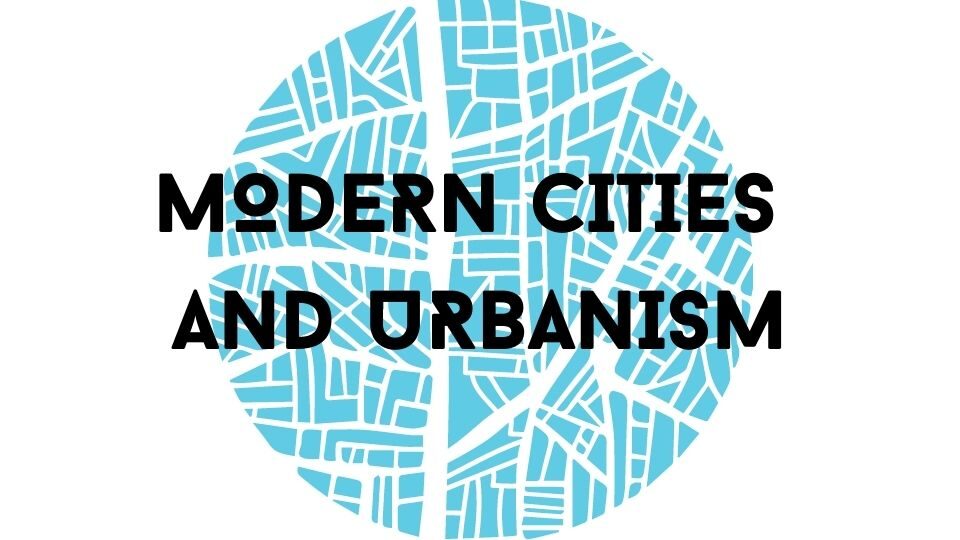Vienna is the capital city of Austria, sixth-largest city in the European Union and city with the highest quality of life in the world according to Mercer. Today its population is 1.9 million, still lower than its peak of 2.1 million in 1910. This difference is evidence of just how important the modern era was to the city. As the seat of the Habsburg dynasty, Vienna was the cultural center for central and eastern Europe for nearly 500 years. It experienced the most growth during its time as the capital of the Austro-Hungarian Empire, which brought major changes to the city’s spatial organization. In 1857, Vienna became one of the last European cities to tear down its military walls, and this demolition opened up the city center and made room for one of the largest “grand boulevards” in Europe, the Ringstrasse. The following three reports focus on different issues of modernity and urban life from perspectives in relation to Vienna’s historic center: marginalized populations on the city’s edge (“Squatter Cities”), disoriented populations in the heart of the city (“Anxious Modernity”), and shifting populations to new urban centers (“Global Cities”).
